Can a Paraplegic Fly on an Airplane? Air Travel Accessibility
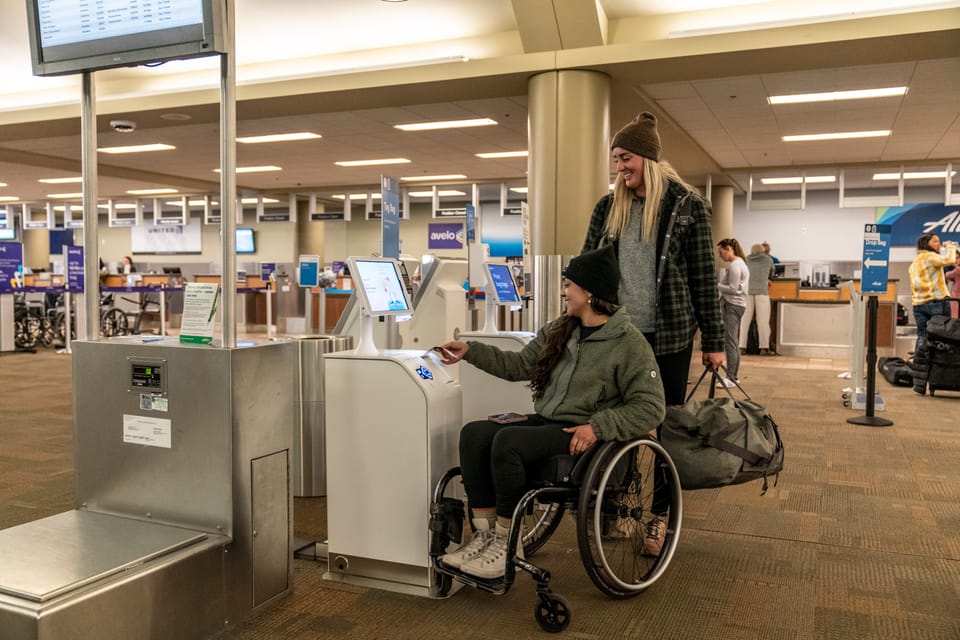
Flying with a mobility disability can feel overwhelming. Between the tight aisles, security checkpoints, airplane bathrooms, and the risk of wheelchair damage—it can be stressful.
But wheelchair travel is so worth it! Being able to experience a new city, see other parts of the world, immerse yourself in another culture – there's nothing quite like it. Once you're at your destination, you'll be so happy you did it.
And here’s the truth: yes, paraplegic travelers absolutely can fly, and there are laws in place to support you. With the right preparation and knowledge, air travel becomes not only possible, but empowering.
Whether you’re booking your first flight or looking for tips to improve the experience, this guide walks you through the process—from your rights as a traveler to what you can actually expect at the airport, on the plane, and in between.
What's Ahead?
- Your Rights as a Paraplegic Traveler
- Real Talk: Challenges You Might Face
- Pre-Flight Planning: Set Yourself Up for Success
- At the Airport: Navigating Like a Pro
- In the Air: What to Expect
- After the Flight: Deboarding and Equipment Return
- Your Flight. Your Way.
- Travel Smoother With Accessibility
- Accessible Travel Resources
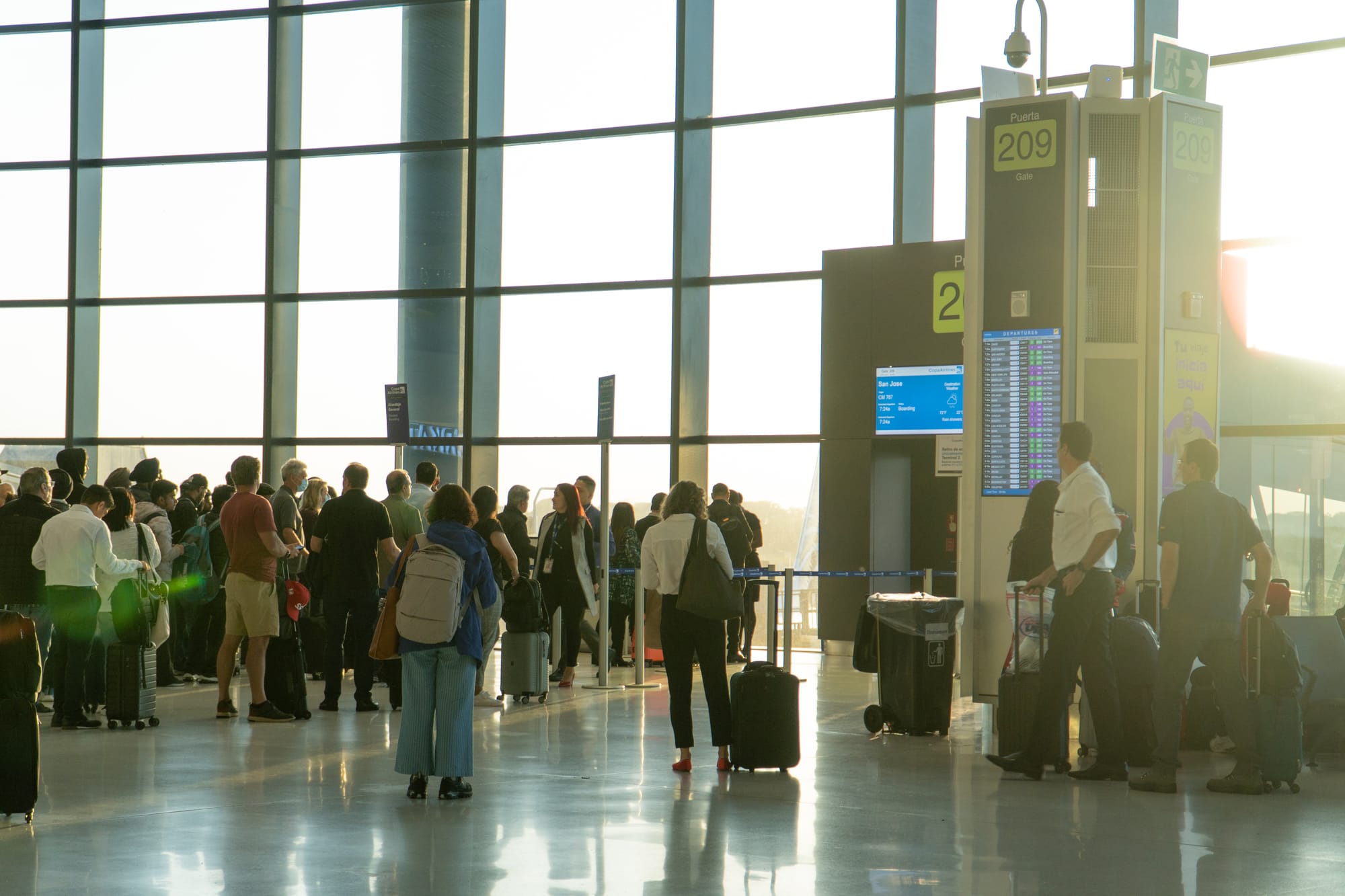
You Have Rights: Air Travel Protections for Paraplegic Passengers
Let’s start with something important: you are protected by law. The Air Carrier Access Act (ACAA) is a U.S. regulation that prohibits discrimination against people with disabilities in air travel. It applies to all U.S. airlines and to any foreign airline flying to or from the U.S.
What this means for you:
- Airlines can’t deny you service based on your disability.
- You do not need to travel with a companion, unless there’s a very specific safety reason.
- Airlines must provide assistance, including boarding help, accessible seating, and handling of mobility devices.
- Your wheelchair or assistive device is not counted as luggage, and it’s stored for free.
- You’re entitled to priority storage for mobility devices in the cabin, when available.
In 2022, the U.S. Department of Transportation introduced the Airline Passengers with Disabilities Bill of Rights, summarizing 10 basic rights including the right to be treated with dignity, to travel with assistive devices, and to request assistance throughout your journey.
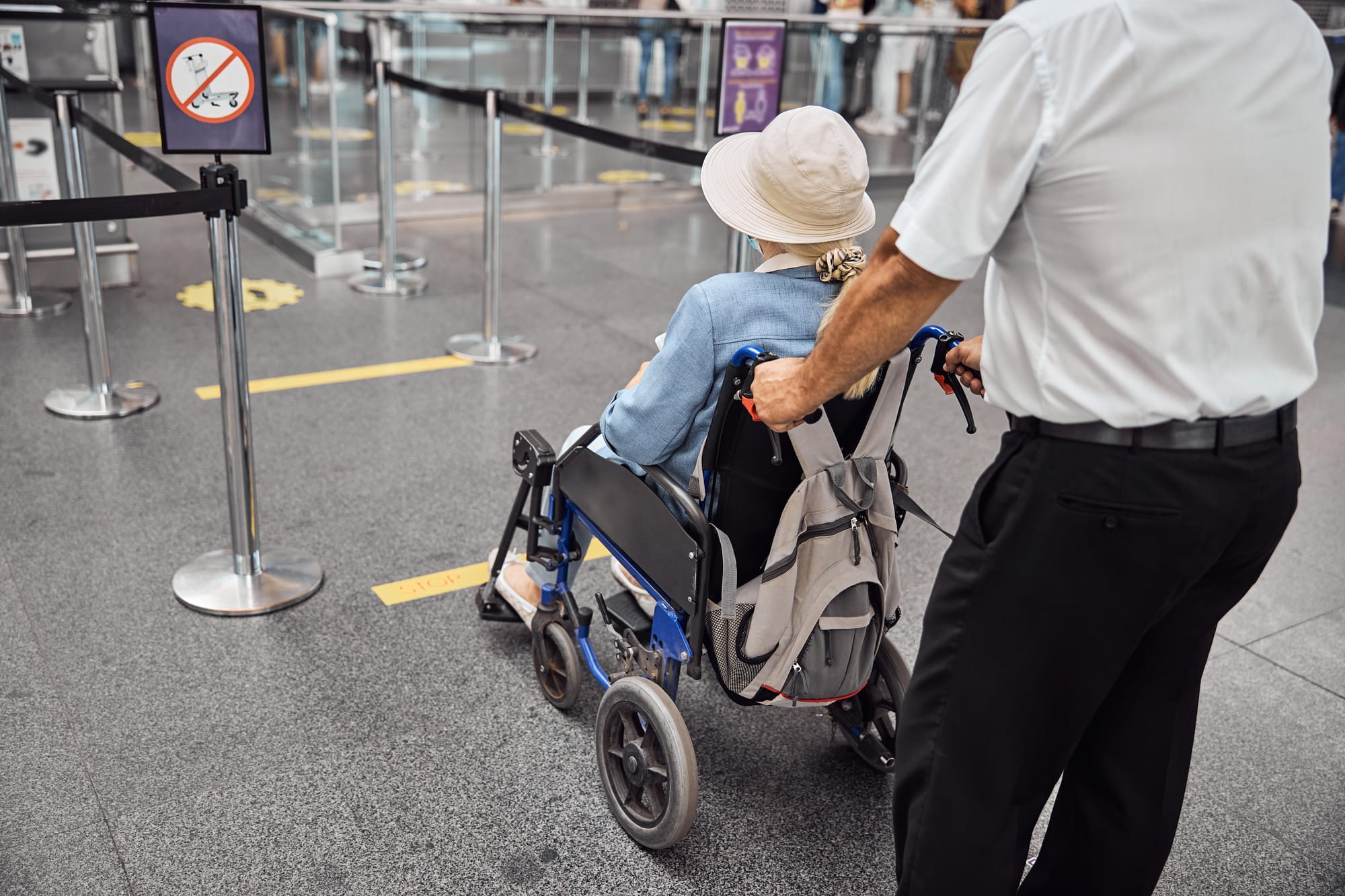
Real Talk: Challenges You Might Face
Let’s not sugarcoat it. While your rights are clear on paper, the actual experience doesn’t always match. Paraplegic travelers often face challenges that they shouldn't have to face. The airline industry needs changing, more advocacy, and awareness of the barriers people with disabilities experience.
- Long waits for wheelchair assistance
- Damaged or lost mobility equipment
- Lack of accessible lavatories on narrow-body aircraft
- Poorly trained staff who don’t know how to assist properly
- Miscommunication between airlines and airport teams
These issues are real. That’s why preparation is key—and advocacy matters. If something goes wrong, you can report it. Every airline is required to have a Complaint Resolution Official trained to handle accessibility issues, and you can file a formal complaint with the U.S. DOT.
Flying can present challenges—but your destination shouldn’t.
Find accessible travel that suits your needs.
Pre-Flight Planning: Set Yourself Up for Success
Traveling with paraplegia doesn’t have to be complicated, but it does require a bit more planning. Here’s how to start:
1. Book Directly With the Airline
Booking online is convenient, but calling the airline lets you explain your needs directly. Most airlines have a dedicated accessibility line, and some—like Delta or United—allow you to input wheelchair dimensions or submit service requests in advance.
When booking, ask for:
- Wheelchair assistance at every airport
- Preboarding
- Specific seating accommodations (like aisle seats with movable armrests or bulkhead seats)
2. Communicate Clearly and Early
Let the airline know exactly what kind of help you need: boarding assistance, accessible seating, special handling for your mobility equipment, or use of an aisle chair. The more specific you are, the better.
3. Prepare Your Equipment
Before the flight:
- Label your wheelchair clearly with your name and contact info.
- Print and attach disassembly instructions (especially for power chairs).
- Take photos of your chair before check-in in case of damage.
- Bring detachable parts (like cushions) into the cabin with you.
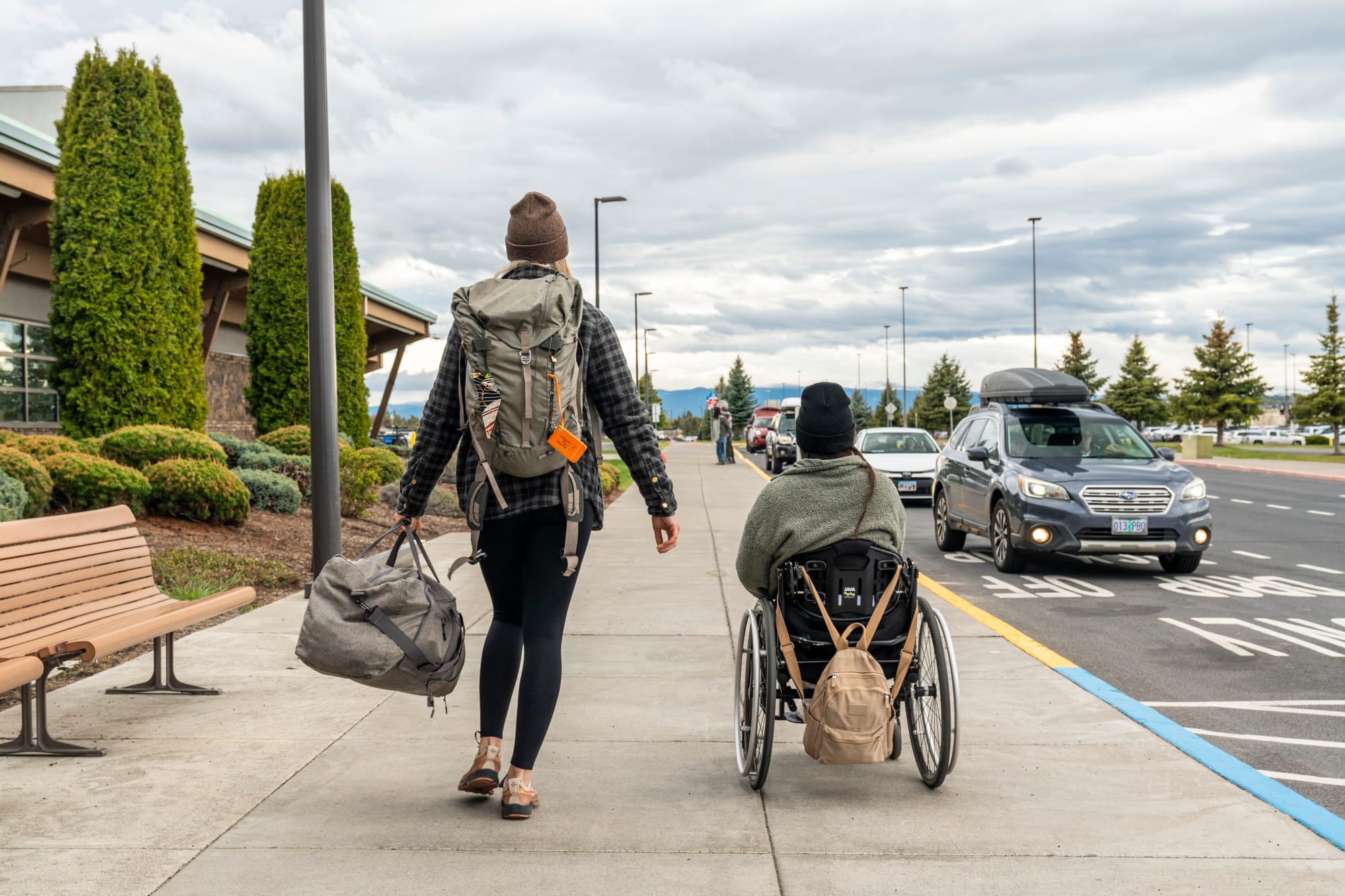
4. Bring Documentation
While not always required, having documentation about your mobility needs and equipment can help smooth the process—especially during TSA screening or if you're flying with a power chair.
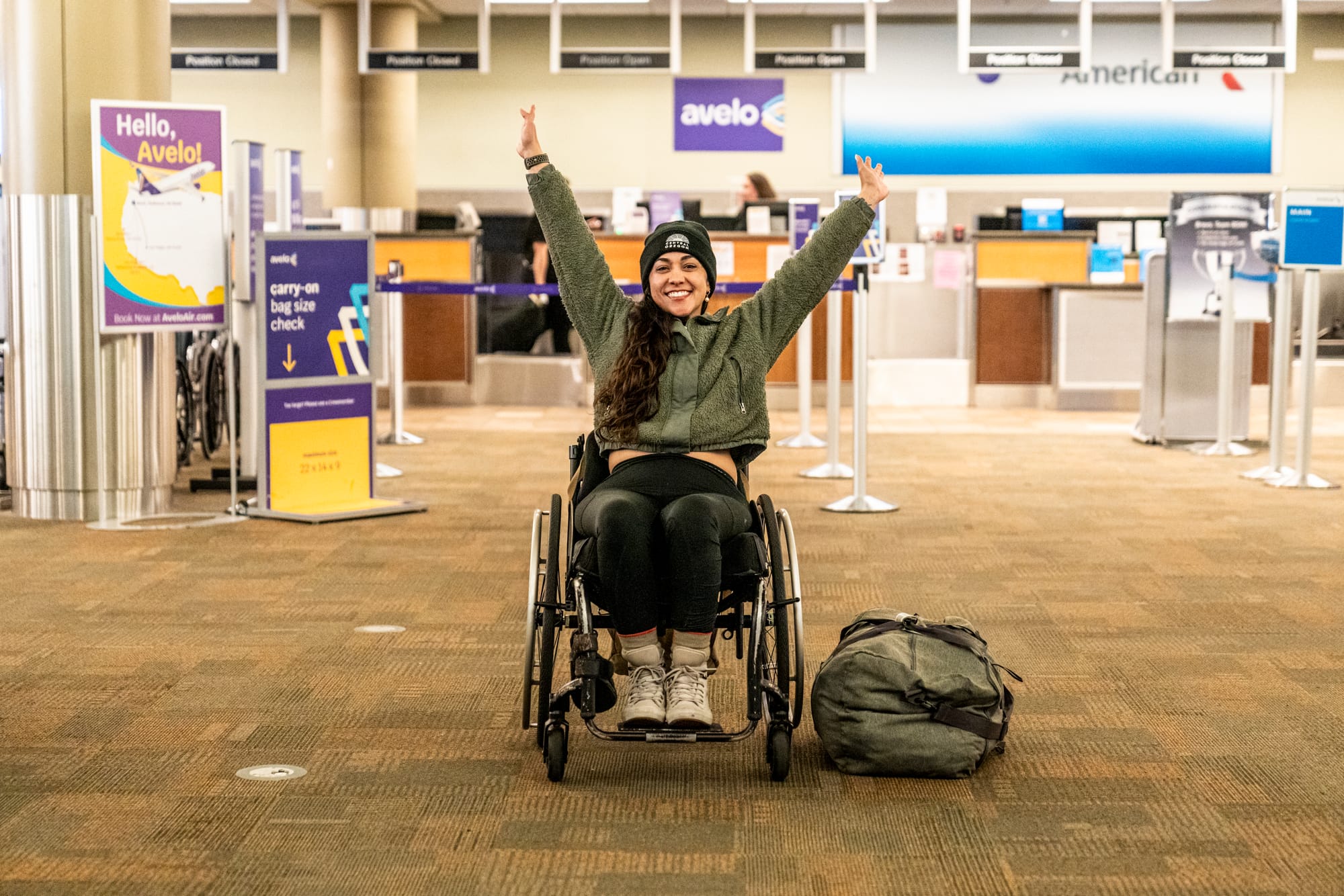
At the Airport: Navigating Like a Pro
Wheelchair Assistance
Most airports offer free assistance from the curb to the gate. You should request this in advance but also request this as you're checking in. Sometimes the wait times vary, so don't be afraid to stay vocal and remind staff if you’ve been waiting too long.
Security Screening
You don’t have to leave your wheelchair. You can request TSA to perform a hand pat-down while you’re seated (instead if going through the screening machine), and they may swab your chair for explosives. You can request a private screening as well, and explain any sensitive areas or limitations. This will be done by an agent of the same gender.
Boarding and Transfers
You have the right to preboard, which gives you more time to get settled. Most paraplegic travelers transfer to an aisle chair at the gate, then move into their seat on the plane. Even though staff should be trained to help people with disabilities, don’t hesitate to guide the staff—only you know what works best for you.
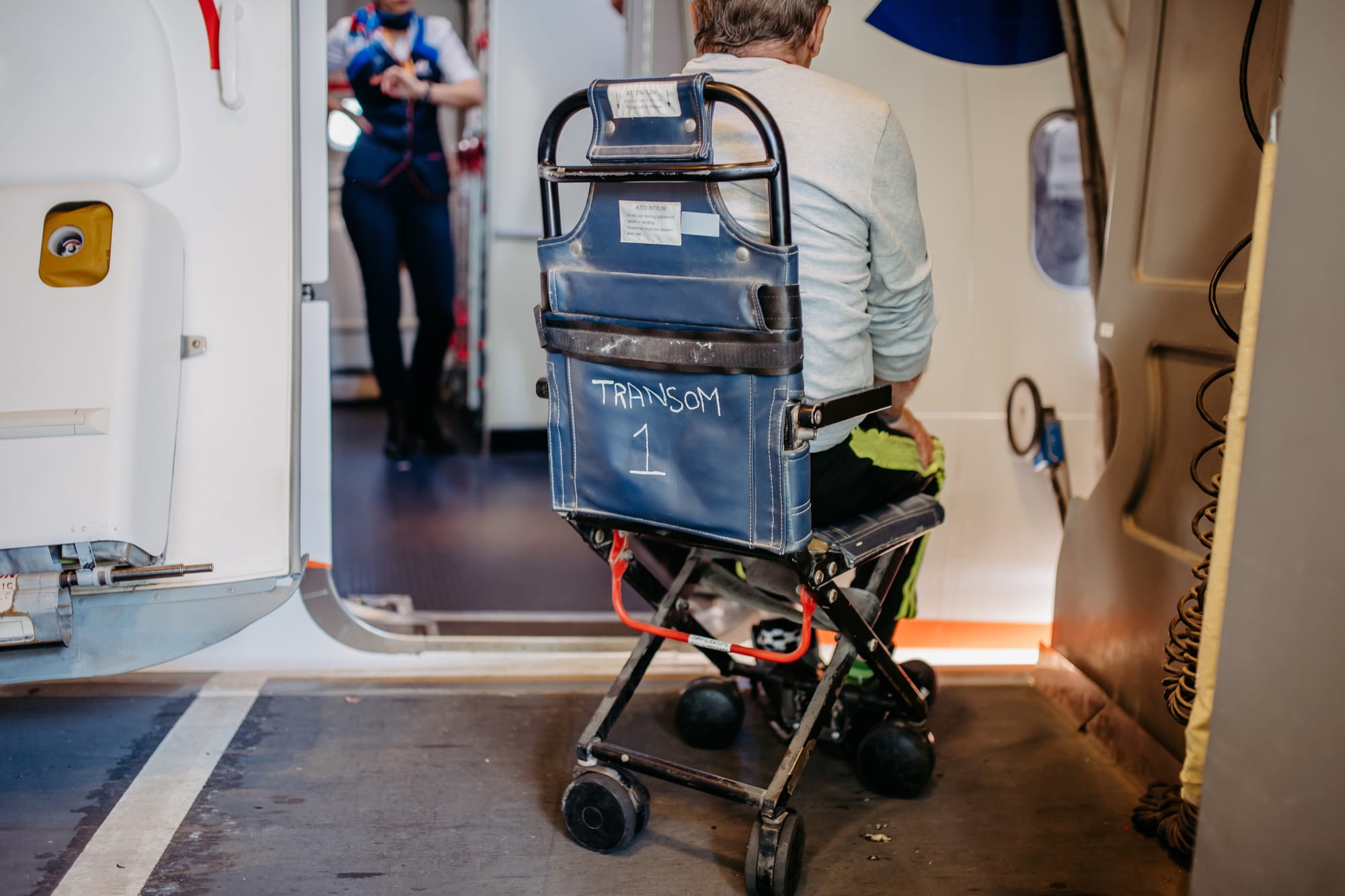
In the Air: What to Expect
Seating
Let the airline know what type of seat you need. Travelers using an aisle chair usually request seats with movable armrests. If you need to stay in a fixed position or have a fused leg, bulkhead seating may be the most comfortable.
If you’re traveling with a companion, ask for adjacent seats. And yes—you can bring your own cushion onboard for comfort and pressure relief.
Lavatory Access
Here’s the hard truth: Most single-aisle planes don’t have accessible bathrooms... yet! Some flights offer onboard aisle chairs, but they may not fit inside the lavatory. Longer flights on wide-body aircraft are more likely to have accessible lavatories with space to maneuver.
For shorter flights, many travelers:
- Use the restroom just before boarding
- Limit fluids during travel (unfortunate, but true)
- Use catheters discreetly if needed
Flight Attendant Assistance
Crew members can:
- Help you transfer using the onboard aisle chair
- Assist with steadying support
- Guide you to and from the lavatory (if accessible)
They cannot lift you, help with personal care, or administer medications—so plan accordingly.

After the Flight: Deboarding and Equipment Return
You have the right to deplane with dignity, not be rushed off last without support. Airlines are required to return your personal wheelchair as close to the aircraft door as possible. If there are delays or damage, speak to the gate agent immediately and file a report on the spot.
Your Flight. Your Way.
Flying as a paraplegic traveler requires patience. But it’s not only doable, it can be empowering. You have the right to explore the world, and more and more travelers are doing just that with confidence.
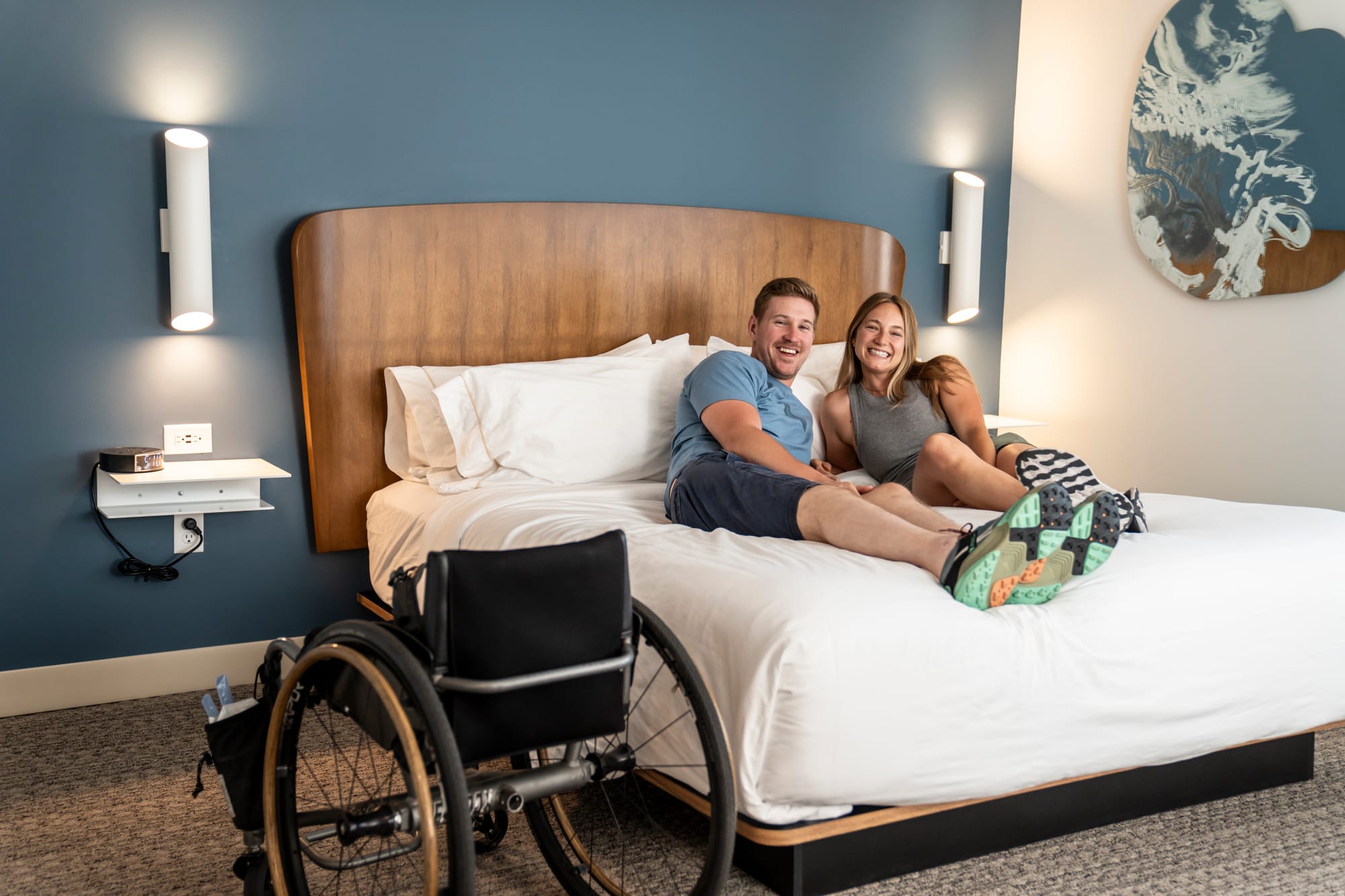
Travel Smoother With Accessibility That Matches Your Needs
Hotels, experiences, vacation packages, and more.
Browse OptionsAccessible Travel Resources
🏨 Book Hotels and Find Experiences With All the Accessibility Details You Need
♿ Join Our Accessible Travel Community
🔥 The Expert Solution for Accessible Travel: 10 Reasons to Book with Wheel the World



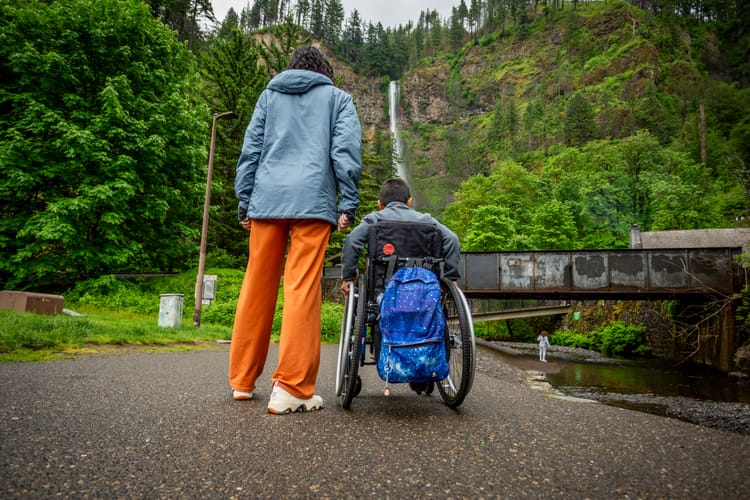
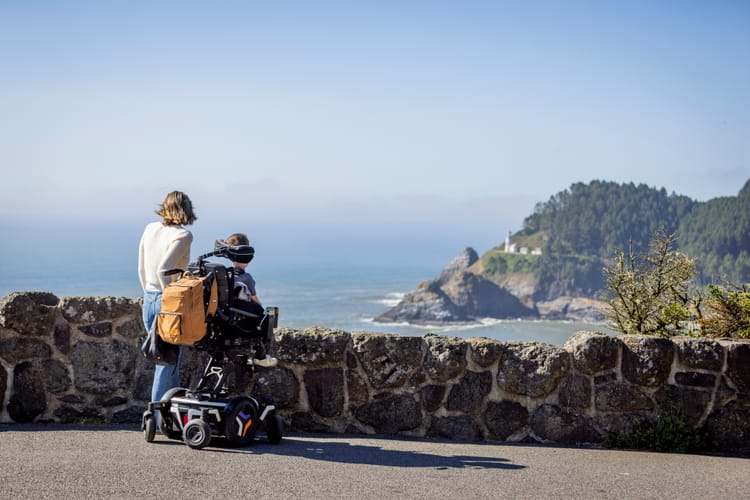

Comments ()